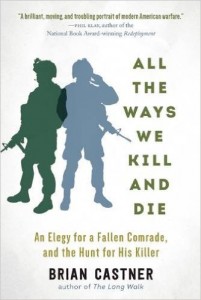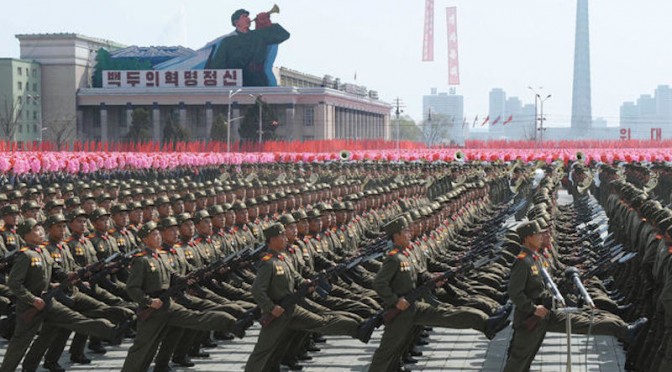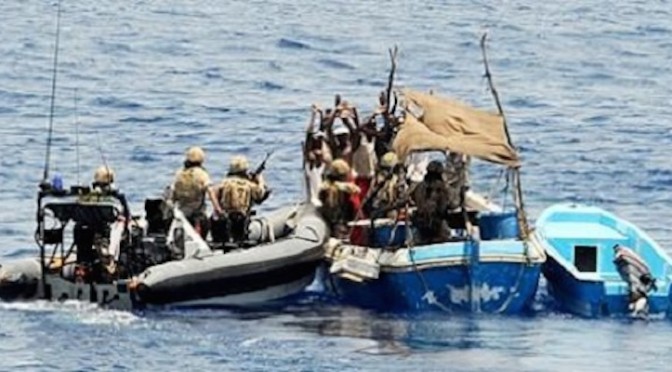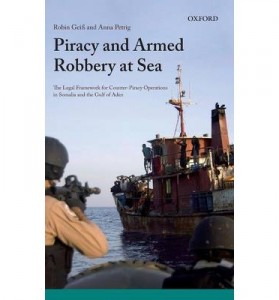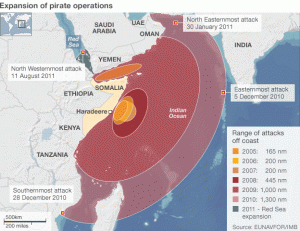Castner, Brian. All The Ways We Kill And Die: An Elegy for a Fallen Comrade, and the Hunt for His Killer. New York: Arcade Publishing, 2016, 356pp. $25.99
By Commander Jeremy Wheat, USN
In the heart of Florida’s Emerald Coast, on Eglin Air Force Base’s aptly named Range Road, stands a simple memorial that is modest in both form and function. Nicknamed “The Wall” by Explosive Ordnance Disposal (EOD) technicians of all services, the memorial permanently enshrines the names of EOD warriors who gave their life in the performance of their duty. Today there are 314 names on The Wall. This May we will add six more names, bringing the total added since 9/11 to 131.
All The Ways We Kill And Die is the story of one of those names – Technical Sergeant Matthew S. Schwartz, United States Air Force – but in many ways, this is all of their stories.
All The Ways We Kill And Die reads like a good work of fiction with a rich cast of characters and well developed whodunit plot line, all set in a postmodern military genre of special operations forces, robots, and drones. However, it is Brian Castner’s literary style that makes this a welcome addition to any bookshelf. Similar to his first work, The Long Walk, the language is raw, it is real, and it is that of a warrior. The meta-narrative, the structure of the book itself, the pace and tempo of the prose, everything about this book is reflective of an EOD response to an IED strike: tend to the wounded, collect the evidence, and target the bomber. More so, it provides a unique perspective of warfare in the 21st century and for that reason alone, All The Ways We Kill And Die should be cataloged in the annals of modern American military history.

Technical Sergeant Matt Schwartz and the other two members of his EOD team died on January 5, 2012 when an IED detonated under their vehicle on a dirt road in Afghanistan while conducting a route clearance patrol deep into Helmand Province. Aside from its deafening roar, most people don’t think about the chaos an explosion creates, but EOD technicians know it well. We are trained to calculate the change in air pressure a detonation creates and how much of that pressure the human body can withstand. We know the raw force that is produced in an explosion and what happens when a body is thrown around inside an armored vehicle as a result. We also understand what happens if that same armored vehicle catches fire and you’re trapped inside.
Matt Schwartz’s official autopsy would later reveal he died four times in that single IED blast. Four distinct ways to die that all occurred near-instantaneously, and he probably didn’t even know it happened. In response to the news of Schwartz’s death, Brian Castner defaults to his training as an EOD officer and immerses himself in the EOD response process to answer one question, “Who killed his friend that January day?” Not how. Not why. Who? What his experience in the wars of Iraq and Afghanistan has taught him is there is one person at the center of an IED’s being. Best known in Arabic by his kunya, al-Muhandis, we would come to know him by his nom de guerre, the Engineer, the master designer. “The only thing I knew for sure about the Engineer was how he killed, all of the ways we died at his hand. The war was a chess match, and al-Muhandis always went first.”
To understand the Engineer, one has to understand his life’s work, the IED. How it is built. How it is emplaced. How it functions. How it kills. The evidence of an IED is left with those who come in closest contact with it, namely the EOD technicians who disarm it before it detonates, and those who taste the fumes of its blast and survive when it does. What Castner finds at the intersection of these two groups is an untold story of the Surges in both Iraq and Afghanistan, and of those who bore the brunt of the deadly interaction between the U.S. and the jihadists. In 2011, at the height of the Afghanistan Surge, the EOD community suffered a casualty rate ten times greater than the average for all American soldiers. During the Iraq Surge, casualty rates for EOD technicians doubled. Equally horrific, “at the height of the fighting seasons in the [Afghanistan] Surge an amputee was created, on average, every twenty-four hours,” proving there are other ways to die even if you make it off the battlefield.
“Ask what makes the wars in Iraq and Afghanistan unique, and an incorrect superficial analysis might conclude the IED, the greatest casualty-maker of the last fifteen years. But the IED is just an insurgent’s weapon, not a tactic or strategy in and of itself. No, the innovation of this conflict was the method by which the IED was developed, how it was manufactured and emplaced, how quickly it evolved in reaction to our defenses, and, most significantly, the anonymity of the intellect behind the design. The average soldier could not say who they were really fighting.” (pg. 54)
At the juncture of counterinsurgency and counterterrorism, the wars of Iraq and Afghanistan gave birth to a niche field of forensic biometrics, allowing us to transform warfare to an individual experience. To see through the IED’s anonymity, Castner turns to a team of professionals: the biometric engineers and intelligence analysts who transform the IED’s evidence into an identity and, by extension, a specific person to be hunted. Analyzing the details of an IED’s construction, for example the gauge of wire used or the type of shrapnel added to enhance an IED’s maiming effects, allows a skilled analyst to discern patterns and identify distinct IED makers. Forensic analysis of the strand of hair from a piece of tape or a fingerprint on an IED component gives them a name. Providing an objective link between bomb and bomb maker, biometrics allow forces to do more than simply react to al-Muhandis’ pawns. It enables them to get inside of his kill chain and disrupt his chess match. “In modern war, rather than kill any person, we kill that person. That particular person, but not another. War has always been personal, but now it is individual, specific to the associated alias and photo and fingerprint and DNA sample and dossier. The point is this: some people are worth killing more than others.” But who does the killing and at what cost?

All The Ways We Kill And Die gives an insider’s perspective on what could be the most romanticized aspect of America’s post -9/11 wars: the integration of drones, special operations warfare, and battlefield
contractors to hunt and kill the individuals in their dossier. What Castner finds is not a fanaticized Hollywood interpretation. It is a gritty and complex world that challenges the common perceptions of 21st century warfare. “Why demonize the thing [drones] keeping soldiers out of harm’s way? The answer, which nobody wants to admit, is that they think without dead Americans, or at least Americans at risk, there would be far more dead Iraqis and Afghans. They can’t say it, but that’s what they think.” Do Brian Castner’s forensic analysts and special operators find al-Muhandis? Can they bring closure to his investigation and personal loss? In his own words, Castner believes “the Engineer is both a battlefield phenomenon and a very few flesh-and-blood individuals, probably less than a dozen, though I doubt anyone knows for sure. He is the aspirational target for a generation of special ops intel analysts and a specific man responsible for the device that killed Matt.”
Above all else, All The Ways We Kill And Die is a deeply personal memoir, a lamentation for a lost brother. Castner closes the book with a unique insight into the covenant of the EOD community as he takes the reader to the ceremony by which we add names to The Wall. As a brotherhood “we live well and we mourn well. We remember.” I wept four times in the 308 pages of text as I thought about the families I have stood beside when they buried their husbands and fathers. I dare you not to do the same. I spent many hours reflecting about my own time spent downrange; every name on The Wall that I know, each post-blast analysis of a fellow EOD technician that I conducted, every ramp ceremony, and of course my own “Alive Day.” In short, I remembered. For that opportunity alone, I am grateful to Brian Castner for authoring the elegy of Technical Sergeant Matthew Schwartz. A man I never met, but now know, and will never forget.
Commander Jeremy Wheat is a Navy Explosive Ordnance Disposal Officer and veteran of Operations Iraqi Freedom and Enduring Freedom. He is a graduate of the U.S. Naval Academy, U.S. Naval War College, and the Navy’s Maritime Advanced Warfighting School. He is currently serving on the staff of Commander, U.S. Pacific Fleet in the Plans and Policy Directorate. His opinions do not represent those of the U.S. Government, Department of Defense, or Department of the Navy.


